Scarce Swallowtail (Iphiclides podalirius)
Scarce Swallowtail (Iphiclides podalirius)
(also called Sail Swallowtail or Podalirius Swallowtail)
The Scarce Swallowtail is one of Europe’s most beautiful and recognizable butterflies. With its elegant, sail-like wings, striking black stripes, and long tails, it glides gracefully through open landscapes, often visiting flowering shrubs and meadows. Despite its name, in many areas it is not particularly scarce.
🦋 Identification
- Wingspan: 50–90 mm
- Body length: ~30–35 mm
Appearance:
- Color: Pale cream or yellowish-white wings with bold black vertical stripes.
- Hindwings: Long, narrow swallowtail extensions with blue and orange spots near the tails.
- Body: Slim, pale with fine dark markings.
- When flying, it appears large and light, gliding with elegant wing beats.
The Scarce Swallowtail is sometimes confused with its relative, the Old World Swallowtail (Papilio machaon), but differs by its paler wings, straighter stripes, and longer tails.
🌿 Habitat
- Preferred habitats:
- Sunny open woodlands
- Orchards and gardens
- Hillsides
- Scrubland
- Flowery meadows
- Vineyards and rural areas
- Found from lowlands up to mountainous regions (as high as 2,000 m in some areas).
🍽️ Diet
Caterpillars feed on:
- Primarily Prunus species:
- Blackthorn (Prunus spinosa)
- Hawthorn (Crataegus)
- Occasionally other fruit trees like plum, apricot, and cherry.
Adults feed on:
- Nectar from a wide variety of flowers:
- Thistles
- Buddleia
- Clover
- Lavender
- Many others
They are frequent visitors to flowering shrubs and garden plants.
🔁 Behavior & Life Cycle
Reproduction:
- Up to 2–3 generations per year (especially in southern Europe)
- Females lay eggs singly on host plants.
- The larvae are green with lighter markings, well-camouflaged on leaves.
- Pupation occurs in a silken chrysalis attached to twigs or hidden in vegetation.
- Some pupae overwinter.
Flight period:
- April to September, depending on location and altitude.
Behavior:
- Strong, graceful flyer; often seen gliding and soaring in sunny clearings.
- Males sometimes engage in hill-topping: flying to hilltops to search for females.
- Frequently visits gardens, which makes it popular with butterfly enthusiasts.
🌍 Distribution
- Widespread in:
- Southern and Central Europe
- Northern Africa
- The Middle East
- Parts of Central Asia
Absent from much of northern Europe but expanding in some areas due to climate change.
🧬 Interesting Facts
- Despite its name “Scarce Swallowtail,” it is quite common in many parts of its range.
- The long tails on its hindwings may serve to distract predators, offering a non-lethal target.
- The butterfly’s scientific name refers to Podalirius, a healer from Greek mythology.
- Its flight is more gliding than the more fluttering flight of the Old World Swallowtail.
🛡️ Conservation Status
- IUCN Red List: Least Concern
- In some regions, populations are threatened by:
- Habitat loss (due to modern agriculture, urbanization)
- Removal of hedgerows and host plants
- Pesticide use
Local conservation efforts include planting and preserving hedgerows and native shrubs.
The Scarce Swallowtail (Iphiclides podalirius) is a symbol of beauty in Europe’s open landscapes. Its graceful flight, striking appearance, and affinity for gardens make it a favorite among both casual observers and butterfly enthusiasts.
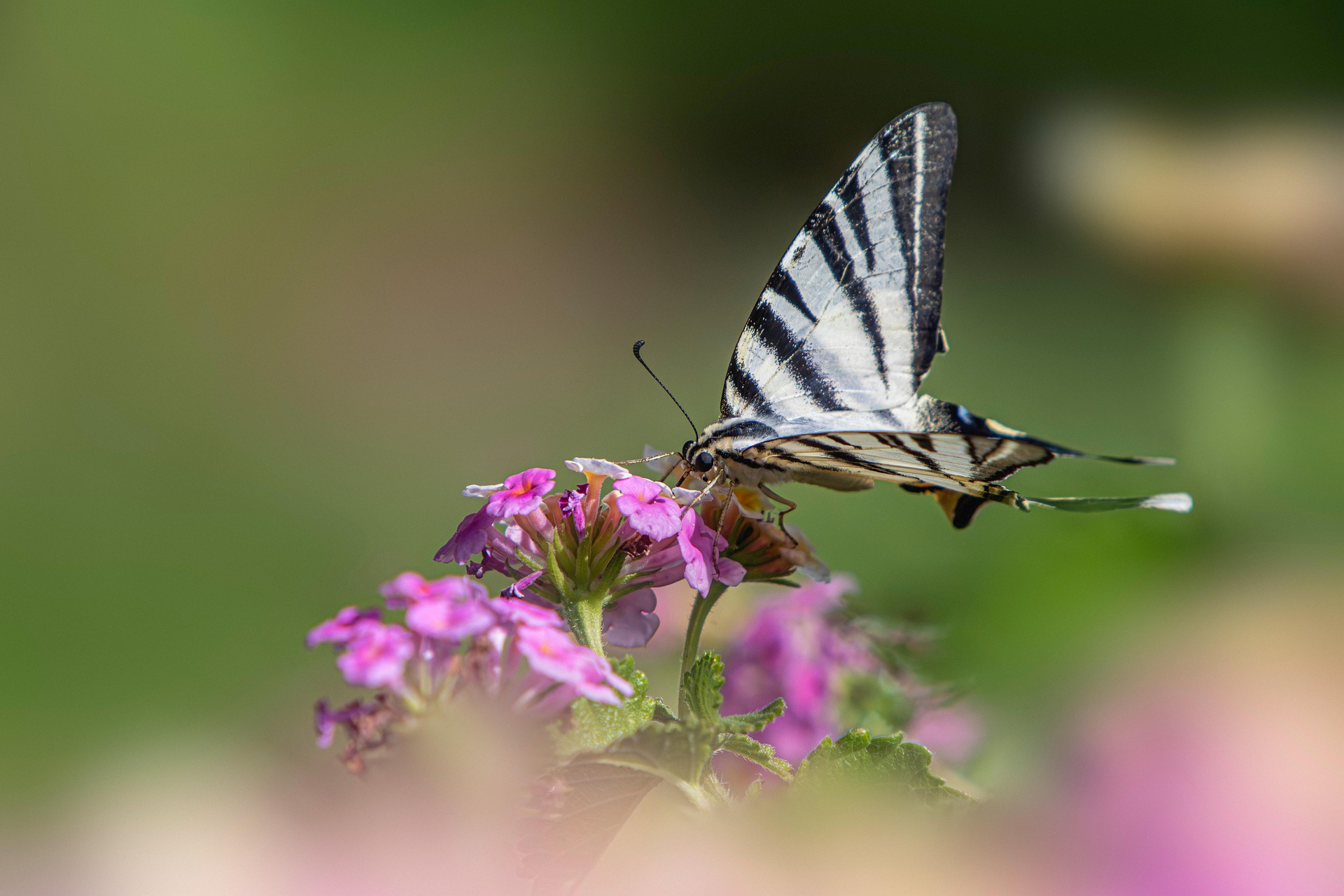
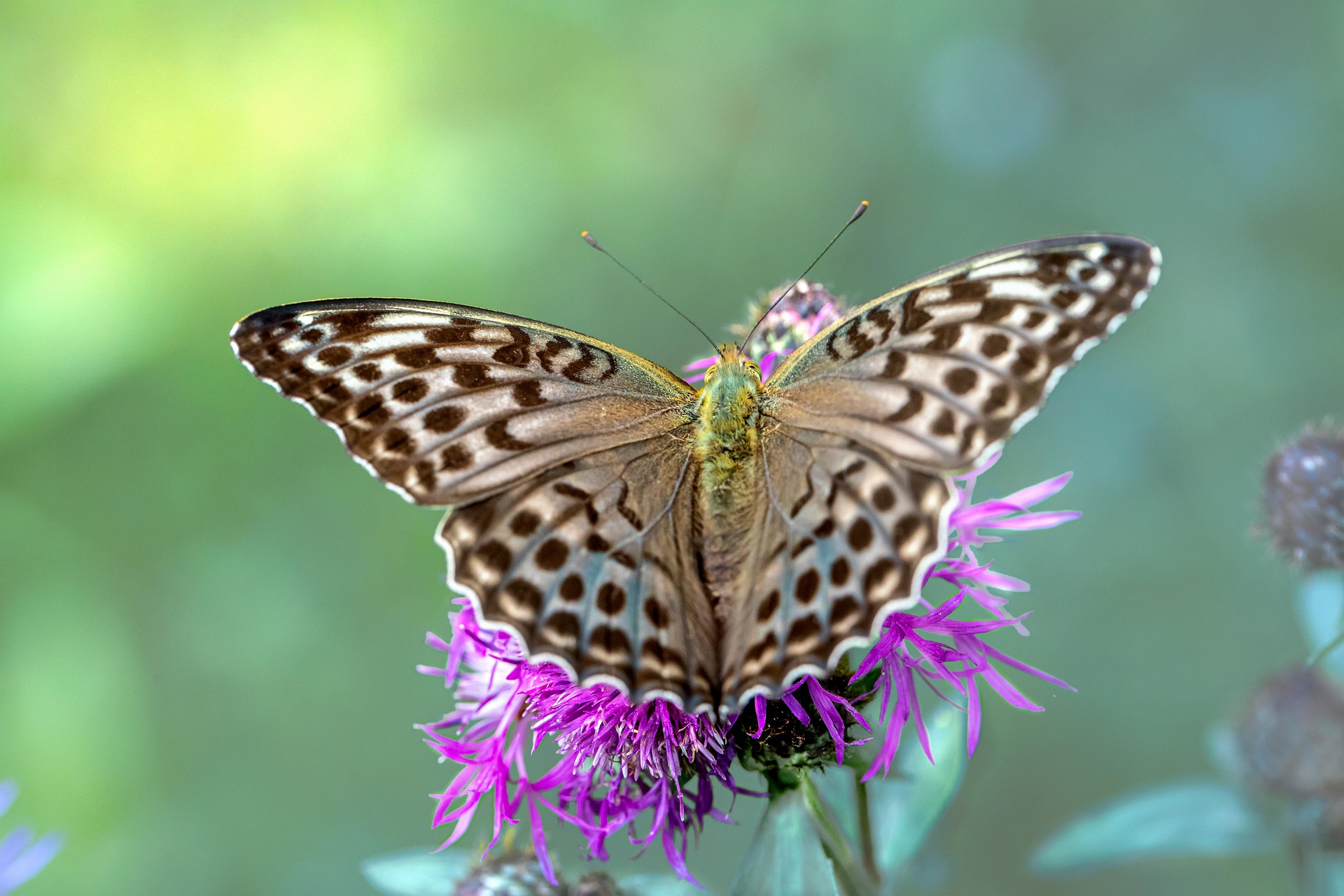

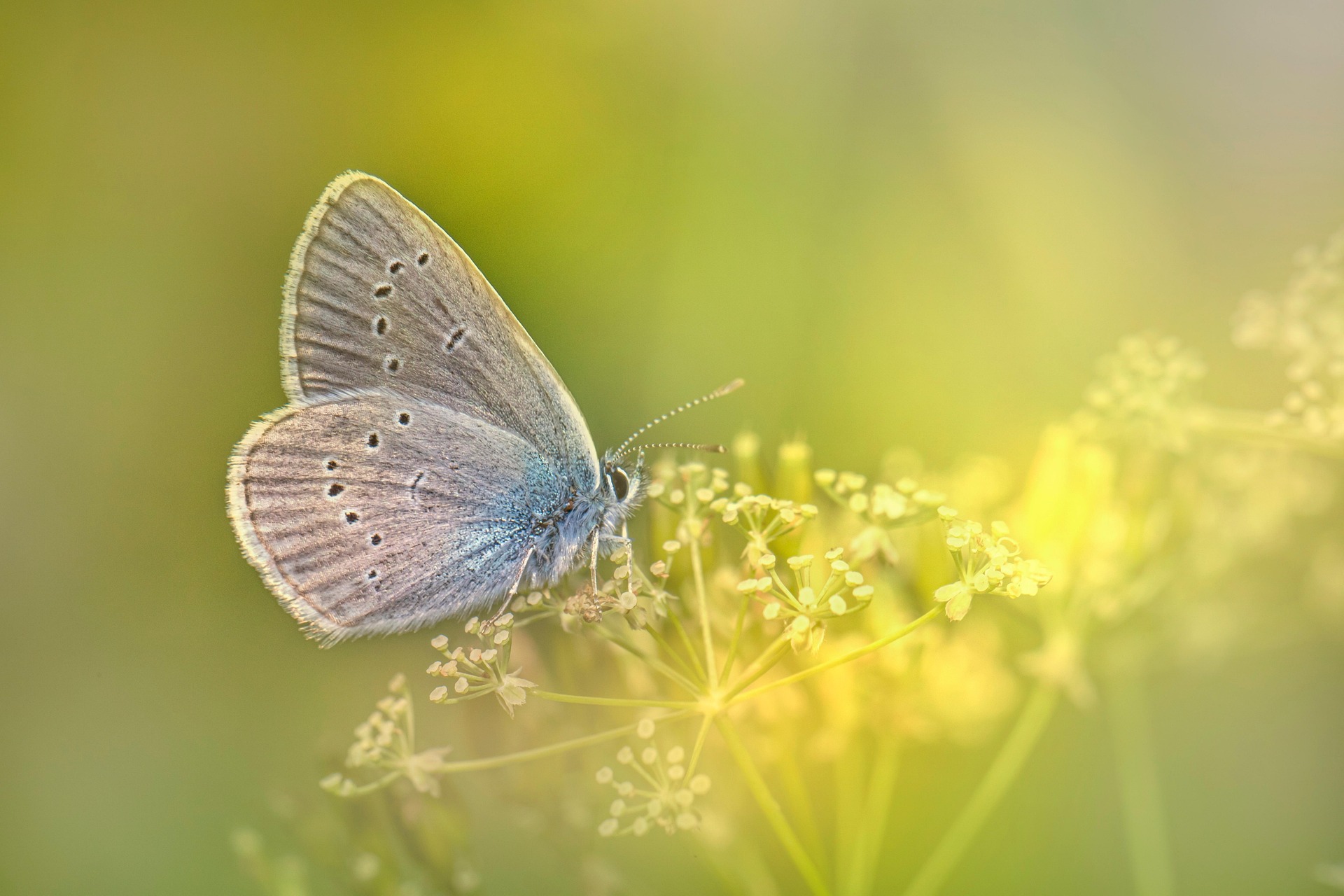
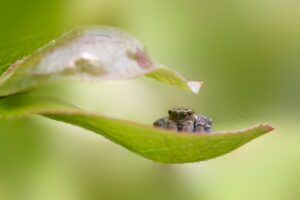
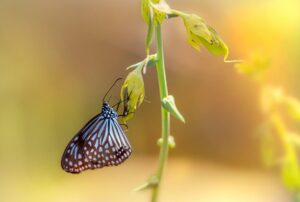
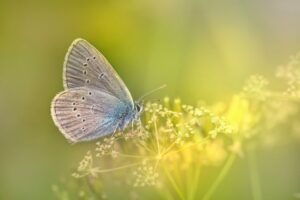
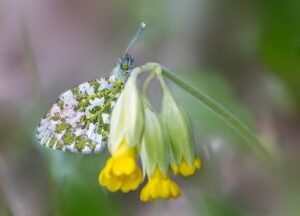
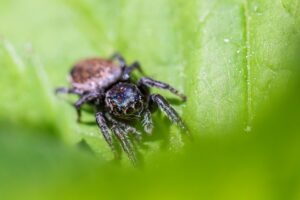
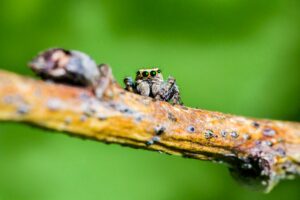
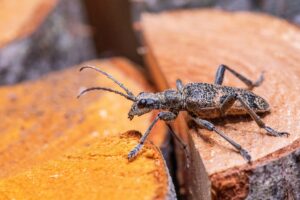
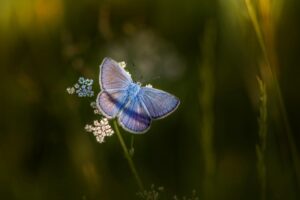
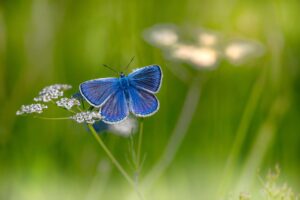
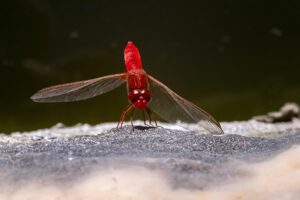
Post Comment